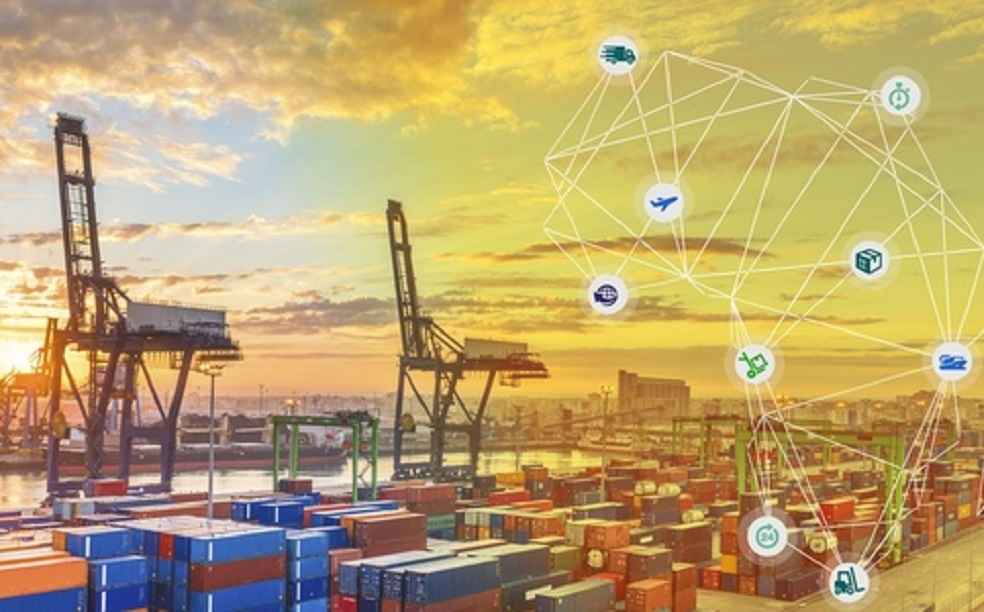Witnessing an unparalleled stride towards digital trade in the global framework, the FIT Alliance unveiled its latest declaration, aiming to fortify commitment to the technological leap.
The complexity of global commerce shines through with ocean carriers issuing around 45 million bills of lading every year. This crucial shipping document, vital for commerce, often drifts away from standardization, with much still tethered to age-old paper-based systems. Such methodologies not only retard transactions but also heighten susceptibility to deception through manual exchanges.

The solution for these trade barriers is Electronic Bills of Lading (eBLs). Integrating these stands to bestow diverse advantages onto the global commerce arena, embracing rapid transactions, substantial fiscal efficiencies, and fortified protection against fraud via digital verification mechanisms.
Despite these evident perks, adoption remains sluggish. By 2022, only 2.1% of bills of lading and waybills within the container trade domain transitioned to digital. Yet, the dry bulk sector exhibits a more optimistic trend, with leading mining giants managing almost a fifth of their iron ore consignments via eBLs.
The latent potential of digitalizing the container sector is accentuated by a McKinsey report. This study projects that unbridled eBL adoption could amplify global commerce growth by an astonishing $30-40 billion merely by trimming trade obstructions. Beyond the fiscal gains, the environmental repercussions are immense. The projected paper cutback could shield roughly 28,000 trees every year, equivalent to preserving about 39 football fields of forest land. This shift would also pare down carbon footprints, echoing global sustainability aspirations.

The FIT Alliance delineated the overarching benefits of eBLs, spotlighting the windfall it promises to stakeholders across the expansive global supply chain. Their declaration resonates as a clarion call to embrace the future of shipping, with the aspiration of crafting a coherent and efficient digital trade documentation landscape.
Navigating the benefits of this pioneering shift, one cannot overlook its intrinsic vulnerabilities. While digital platforms brim with potential, they stand exposed to cyber anomalies. Absent robust defenses, they risk unveiling confidential data.
This digitization trend within shipping could foster market dominance. If select platforms emerge as chief architects of maritime commerce, they wield excessive power and influence over the market prompting monopolistic tendencies.

While technical and legal barriers to a universal eBL system are swiftly being mitigated, an unequivocal commitment from global trade stakeholders is the linchpin for achieving complete digital transformation. With the FIT Alliance eBL Declaration, stakeholders have a pivotal platform to publicize their preparedness and collaborative ambition, forging a synchronized and avant-garde trajectory for digitalized international shipping.
LATEST NEWS | EU-Singapore Digital Trade Pact: Targets Global Standards



